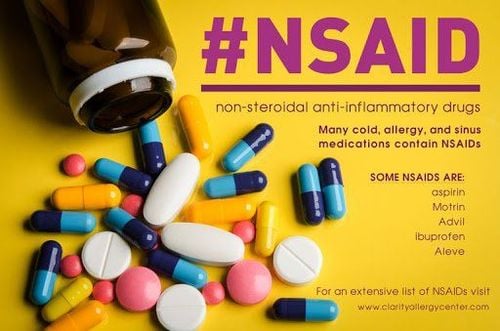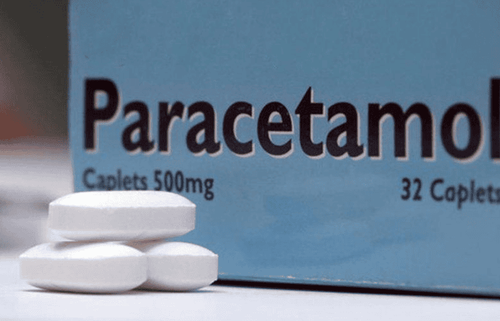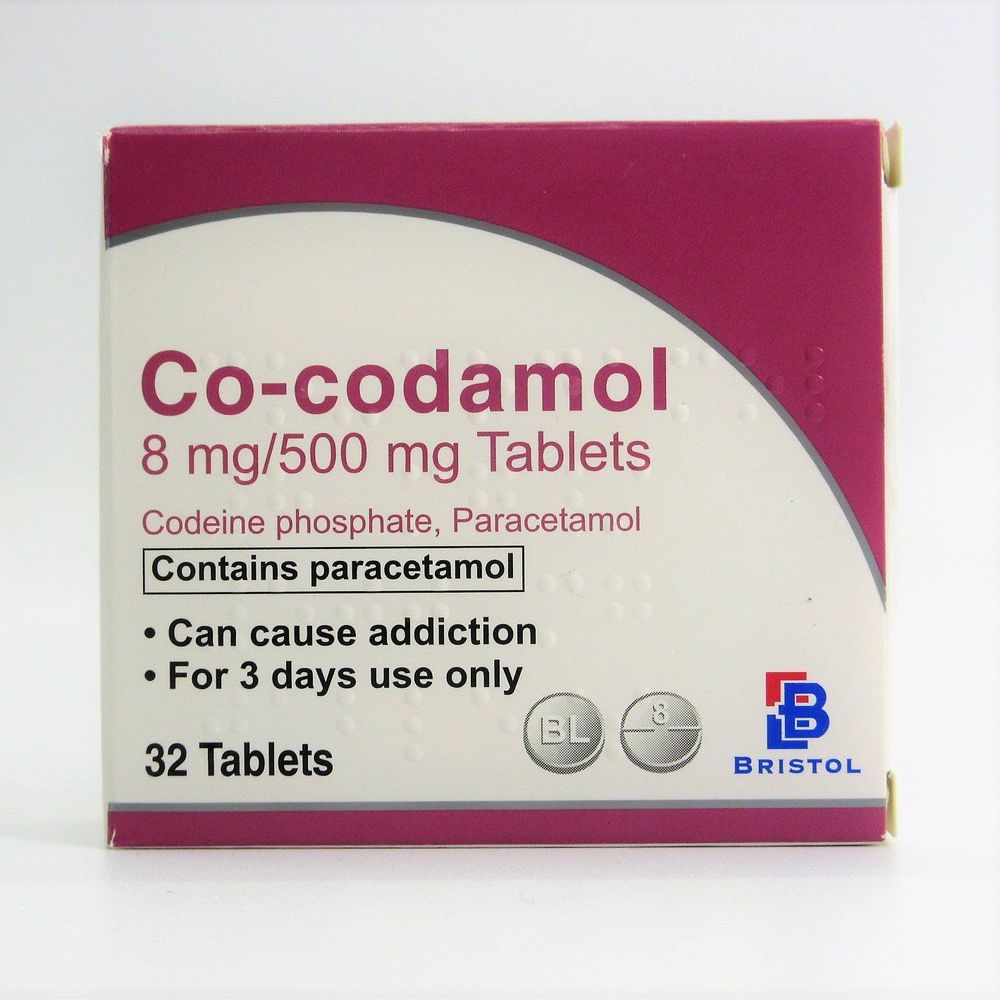This is an automatically translated article.
Analgesics come in many different classes, with mechanisms of action to control pain caused by inflammation, in response to tissue damage, chemical agents or pathogens (in nociceptive pain) or nerve damage (in pain) neuropathic pain). Most pain relievers work by binding to protein targets on cell membranes and affecting biochemical processes in the body.1. Mechanism of action of non-Opioid analgesics
Non-steroidal anti-inflammatory drugs (NSAIDs) such as aspirin, ibuprofen, naproxen, diclofenac weaken and reduce the levels of chemical mediators (prostaglandins) produced during inflammation, reducing pain symptoms , swelling and redness.
Their mechanism is to inhibit the enzyme cyclo-oxygenase (COX 2), which is indispensable in the synthesis of prostaglandins. During infection, the action of prostaglandins on the hypothalamus results in a higher body temperature. NSAIDs impair the production of prostaglandins, causing the temperature to drop to normal.
NSAIDs not only inhibit the production of prostaglandins locally but also throughout the body, causing side effects in other tissues/systems of the body such as in the gastrointestinal tract, explained by NSAIDs interfering with the role Normal homeostatic role of prostaglandins (mediated by the enzyme COX 1) in gastric mucosal maintenance and gastric acid regulation. In addition, the side effects of this class of pain relievers that affect digestion can include indigestion, nausea and vomiting, and diarrhea and can lead to stomach ulcers and bleeding. Other side effects include rash, photosensitivity, bronchospasm, dizziness, and hematuria.
Therefore, NSAIDs must be used with caution in the elderly and those with diabetes, asthma, and impaired kidney or heart function. NSAIDs are contraindicated for people with a history of prior adverse reactions, a history of peptic ulcers or blood clotting disorders, and those taking an anticoagulant or another NSAID.

NSAID phải được sử dụng thận trọng cho người cao tuổi và những người mắc bệnh tiểu đường, hen suyễn và suy giảm chức năng thận hoặc tim.
2. Mechanism of action of pain reliever Paracetamol
Paracetamol is also known as acetaminophen. Although it is the most widely used pain reliever, the exact mechanism of action of paracetamol is relatively poorly understood.
Some theories suggest that paracetamol is thought to act on COX 3, a recently discovered COX found in the brain and spinal cord. Paracetamol has mainly an antipyretic effect (reduces the level of prostaglandins in the hypothalamus) and analgesia; does not interfere with COX 2 and does not affect other components of inflammation (swelling and redness).
Because paracetamol has no effect on COX 1 at therapeutic doses, there are few side effects. The maximum recommended daily therapeutic dose of paracetamol for adults is 4g (8 x 500mg tablets). Paracetamol causes hepatotoxicity only when used 2-3 times the therapeutic dose, causing acute hepatitis and hepatocellular necrosis.

Paracetamol là loại thuốc giảm đau được sử dụng rộng rãi nhất.
3. The mechanism of action of the pain reliever Aspirin
Aspirin is also known as acetylsalicylic acid. Thromboxanes are platelet-derived inflammatory mediators that cause vasoconstriction and platelet aggregation leading to coagulation. Aspirin inhibits the production of COX 2 enzymes, which are also necessary for the production of thromboxane, inhibits platelet aggregation and blood clots, leading to its use in the treatment and prevention of cardiovascular disease or myocardial infarction. heart.
4. Mechanism of action of synthetic analgesics
Synthetic analgesics are used in cases of mild to moderate pain that do not respond to initial analgesics.
This is a combination of two pain relievers in one pill, usually including codeine (a weak-acting opiate) and aspirin or paracetamol. Examples of combination analgesics are:
Co-codamol and co-dydramol contain codeine and paracetamol in different formulations (8/500, 10/500, 15/500, 30/500) where the first number is The first number refers to the amount of codeine and the second number indicates paracetamol. Co-codaprine is a combination of codeine phosphate (8mg) with aspirin (400mg). Tramacet contains a low dose (37.5mg) of the potent opioid tramadol combined with a reduced dose of paracetamol (325mg). Combination pain relievers may be used alone or in combination with an NSAID (such as ibuprofen). NSAIDs, paracetamol, and opioids relieve pain through different mechanisms, so taking them together may improve pain relief.
It should be noted that synthetic pain relievers containing codeine can cause side effects including nausea, vomiting, constipation and drowsiness, especially for people who need to drive or operate machinery as a part of their daily work.

Thuốc giảm đau tổng hợp có chứa codeine có thể gây ra một số tác dụng phụ.
5. Mechanism of action of opioid analgesics
Opioid analgesics are strong pain relievers, indicated for severe pain.
Drugs derived from morphine (or synthetic analogues), are the strongest and most effective pain relievers available. They are similar in molecular structure to endogenous opioids (β-endorphine, dynorphin, and enkephalins) and produce similar effects.
Opioid analgesics work in the central nervous system by binding to opioid receptors in the pre- and post-synaptic membranes, blocking neurotransmission across the synapse, and blocking or reducing sensation pain sensation.
Opioids include morphine, oxycodone, codeine, tramadol, buprenorphine, fentanyl, and diamorphine (heroin). In people with chronic pain, opioid medications can be taken by mouth (as a capsule, tablet, or liquid) or through a patch (transdermal). With both routes, slow-release preparations are often used to minimize fluctuations in pain relief and reduce the number of tablets needed.

Thuốc có nguồn gốc từ morphine là thuốc giảm đau mạnh nhất và hiệu quả nhất hiện có.
Opioid receptors are present in tissues throughout the body and drug interactions with these receptors are responsible for opioid drug-related side effects. On the gastrointestinal tract, the drug causes nausea and vomiting, due to decreased intestinal motility, constipation . Opioids also decrease the sensitivity of respiratory centers in the brain stem to CO, leading to respiratory depression.
Other effects include drowsiness and dizziness and prolonged use can lead to hormonal changes that can lead to decreased sex drive, infertility, and depression. In addition, accidental overdose of opioid analgesics is a significant risk; naloxone is used to reverse the effects of opioids and is used as an antidote to treat opioid overdose. To avoid withdrawal symptoms, opioid medications should be tapered off slowly under medical guidance and not stopped abruptly.
The use of opioids for chronic noncancerous pain is controversial with very severe pain. At this point, the use of pain relief is to enable the individual to participate in the rehabilitation process to restore function and maximize quality of life. Prolonged use of opioids can lead to tolerance (when the dose of the drug needs to be increased to produce the same analgesic effect), psychological dependence, and sometimes addiction and abuse.
In short, pain is an unpleasant feeling that everyone has experienced and painkillers are the way to improve symptoms. Understanding how pain relievers work will help choose the right drug with the right mechanism of action, achieve pain relief, and above all, avoid an overdose of pain medicine or minimize the side effects.
Please dial HOTLINE for more information or register for an appointment HERE. Download MyVinmec app to make appointments faster and to manage your bookings easily.
References: physio-pedia.com, hopkinsallchildrens.org, webmd.com












